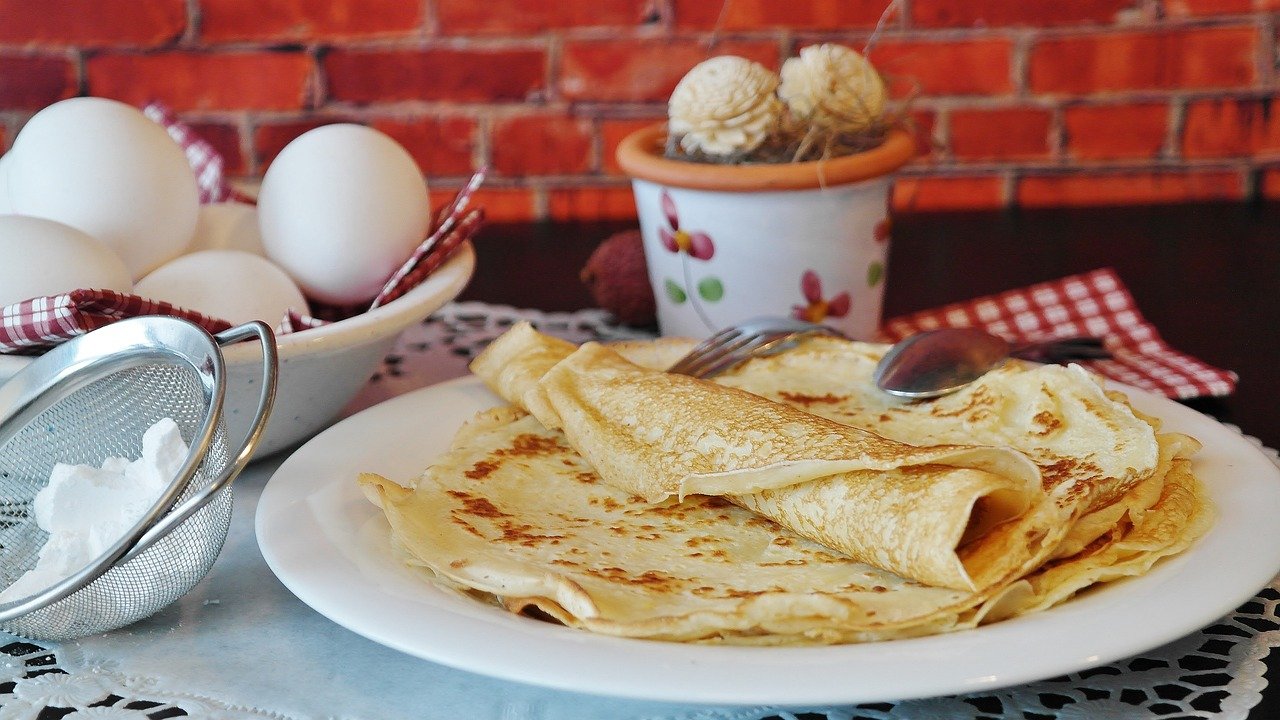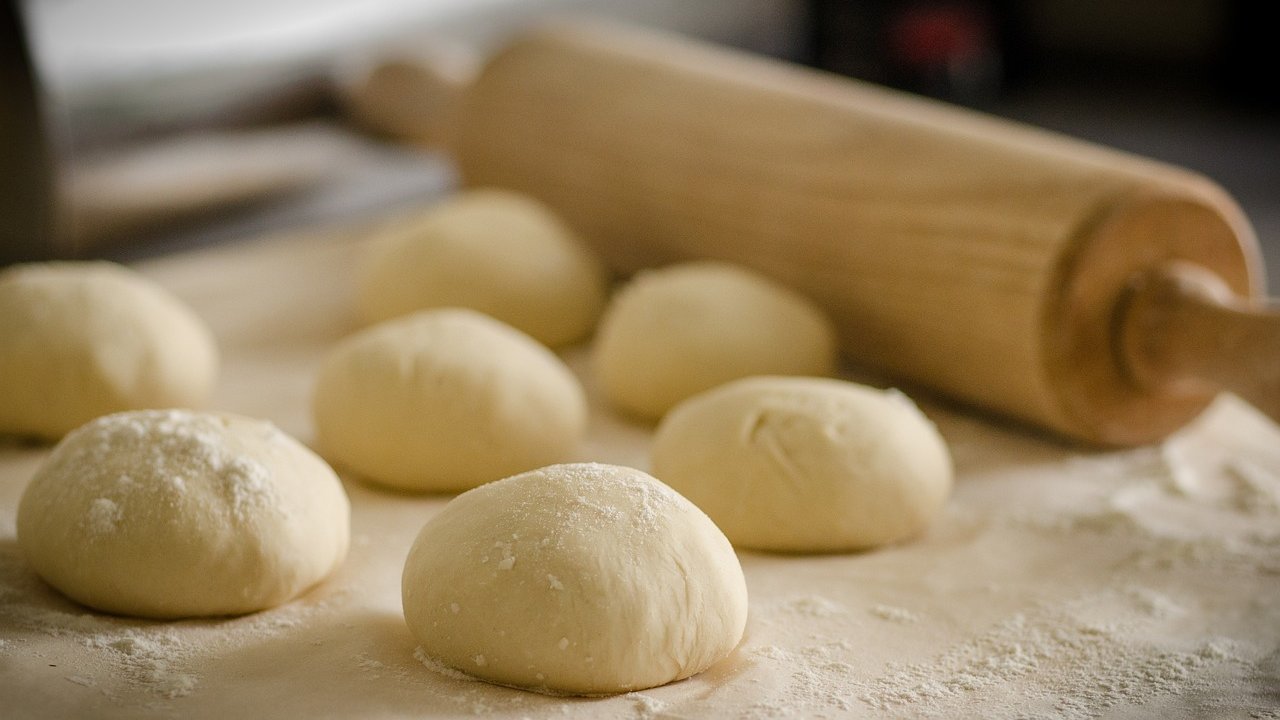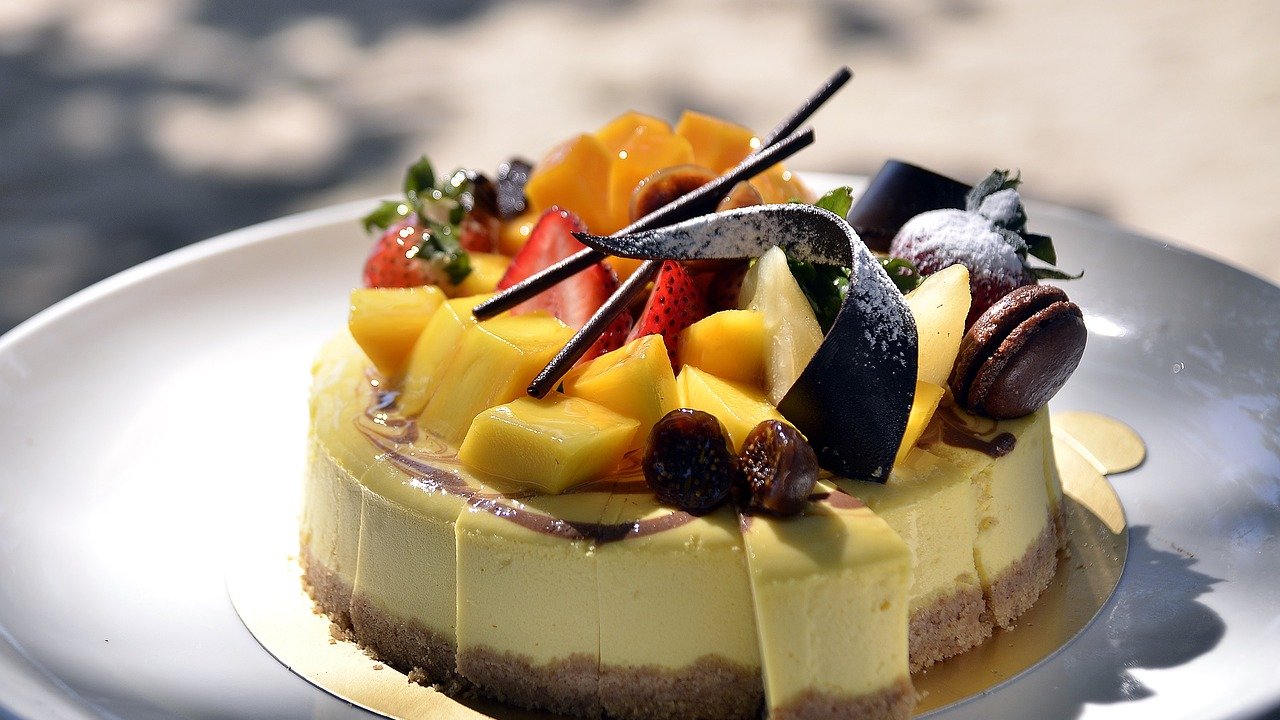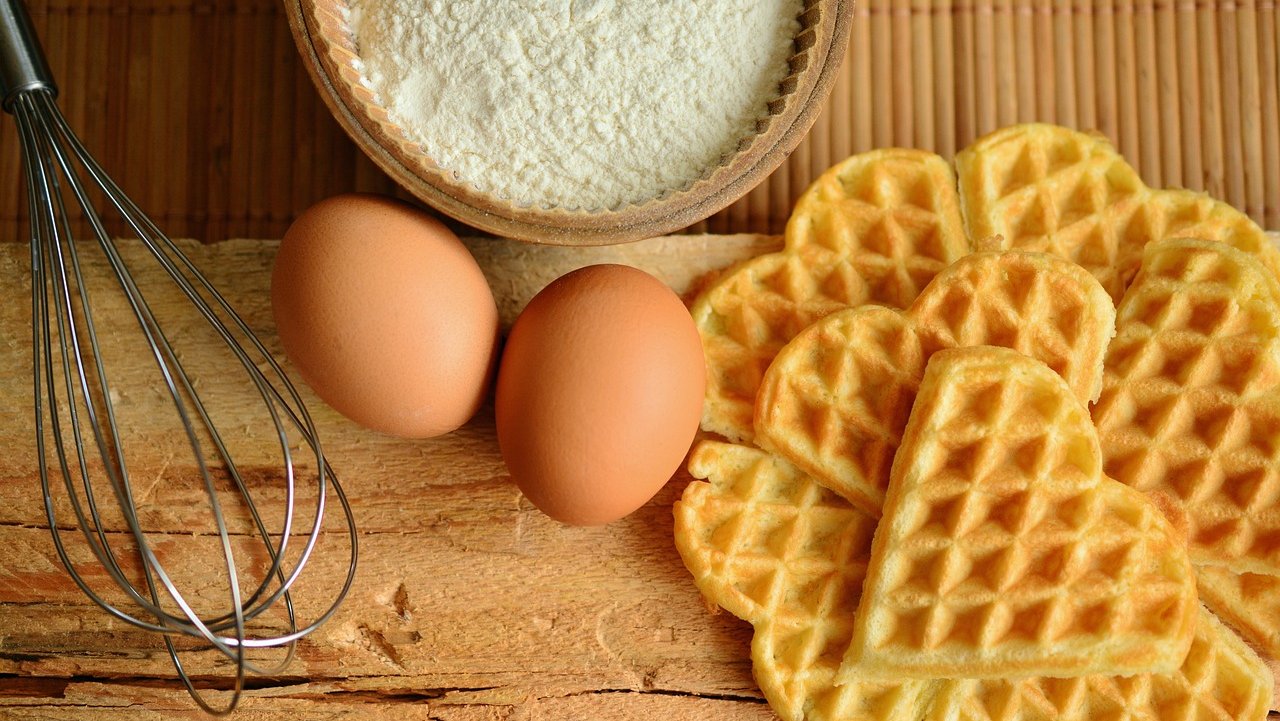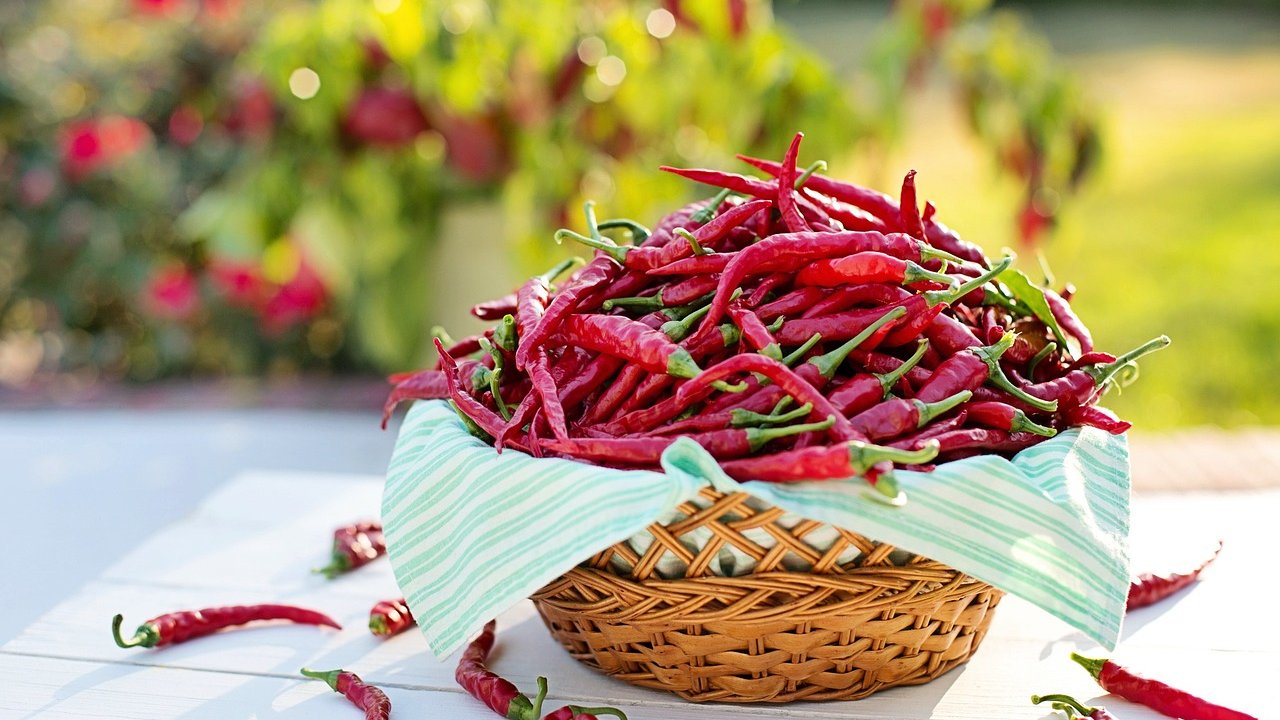
Eastern European baking traditions are as diverse and rich as the cultures they originate from. Whether it's the hearty breads of Poland, the intricate pastries of Hungary, or the savory pies of the Balkans, each region has its own unique baking techniques, ingredients, and recipes that have been passed down through generations.
Eastern European Baking Techniques
Eastern European baking heavily relies on traditional techniques. One common method is the use of a peka, a bell-shaped lid used in Croatia and other Balkan countries, to bake breads and pastries. Another technique is the slow fermentation of dough, particularly in Eastern European bread recipes, which gives the bread its distinct flavor and texture.
Unique Eastern European Bakes
Eastern Europe offers a bounty of unique bakes. From sweet to savory, these treats are a testament to the region's rich baking culture.
Here are some popular bakes in Eastern Europe:
- Pierogi - A popular Polish dumpling, usually filled with cheese, meat, or fruit.
- Kolach - A type of ring-shaped bread from Ukraine, traditionally served at weddings.
- Baklava - A sweet pastry made of layers of filo filled with chopped nuts and sweetened with syrup or honey, popular in several Balkan countries.
Historic Baking Traditions in Eastern Europe
Many Eastern European baking traditions have deep historical roots. For example, bread holds a special significance in many Slavic cultures, where it is often used in rituals and ceremonies. Similarly, many pastries and desserts from Eastern Europe have religious or festive connotations, being prepared specifically for holidays or celebrations.
Eastern European Baking Ingredients
Common ingredients in Eastern European baking include rye, buckwheat, and wheat flours. Yeast and sourdough cultures are used for leavening, and many recipes incorporate local produce, such as fruits, berries, and nuts. Dairy products like cheese, cream, and butter also feature prominently in both sweet and savory recipes.
Eastern European Baking vs Western Baking
While there are many similarities, there are also some key differences between Eastern and Western baking. Eastern European recipes often call for simpler ingredients and reflect the region's agrarian history. Additionally, many Eastern European countries have a tradition of home baking, resulting in a variety of regional specialties that differ from the more commercial bakery fare found in Western Europe.
Baking Techniques of Eastern Europe
Eastern European baking also involves specific techniques not commonly used in Western baking. For example, dough lamination, the process of folding butter into dough to create thin layers, is a common technique in making traditional Eastern European pastries. Another technique is the use of a wood-fired oven, which imparts a unique flavor to breads and other baked goods.
With its rich history, unique techniques, and delicious recipes, Eastern European baking offers a treasure trove of culinary delights. Whether you're an experienced baker or a novice, exploring these traditions can offer new perspectives and inspiration for your own baking endeavors.
